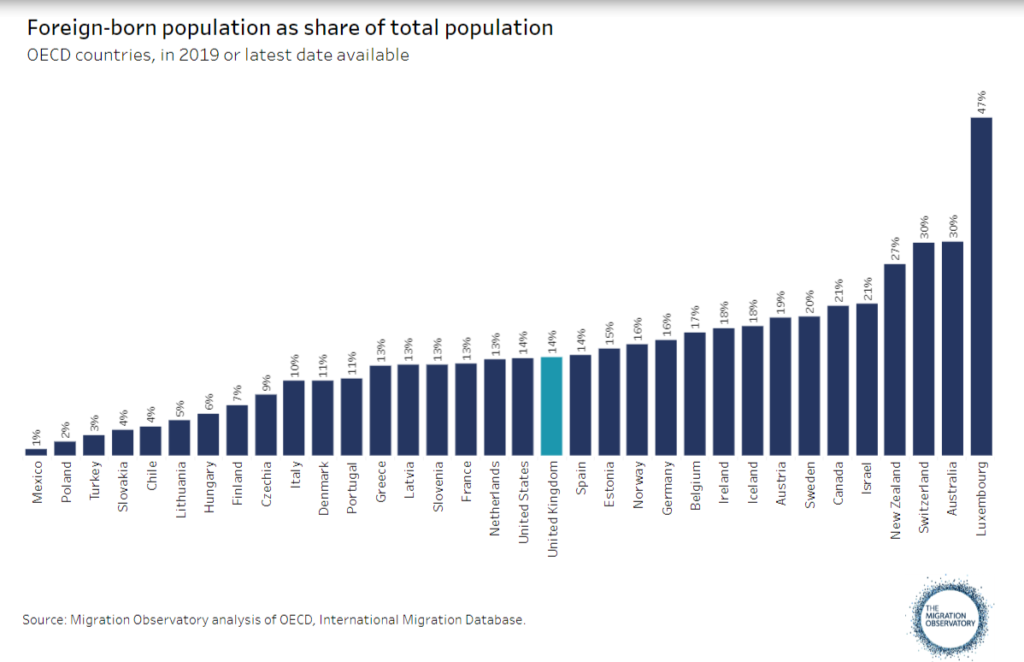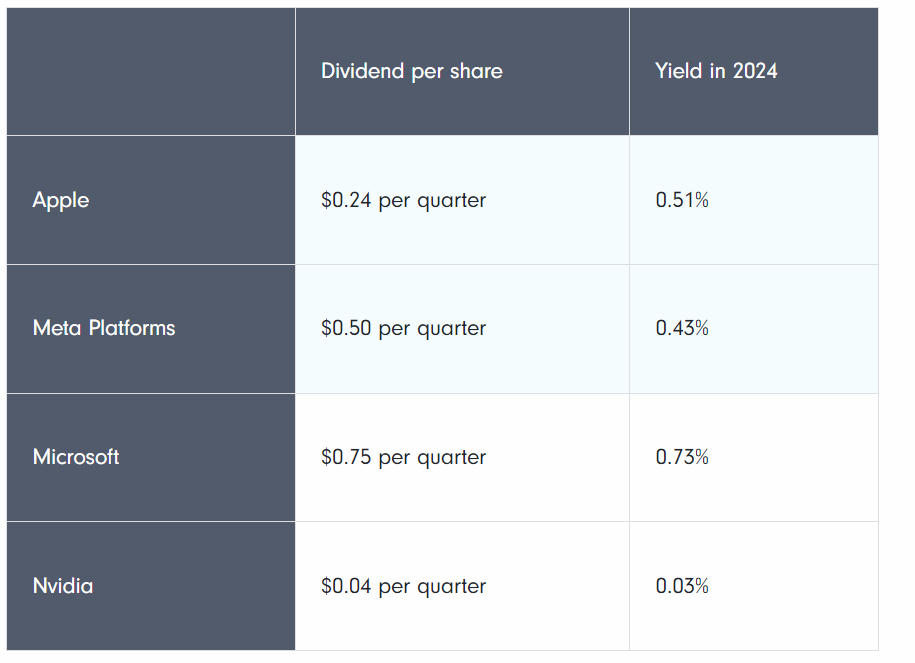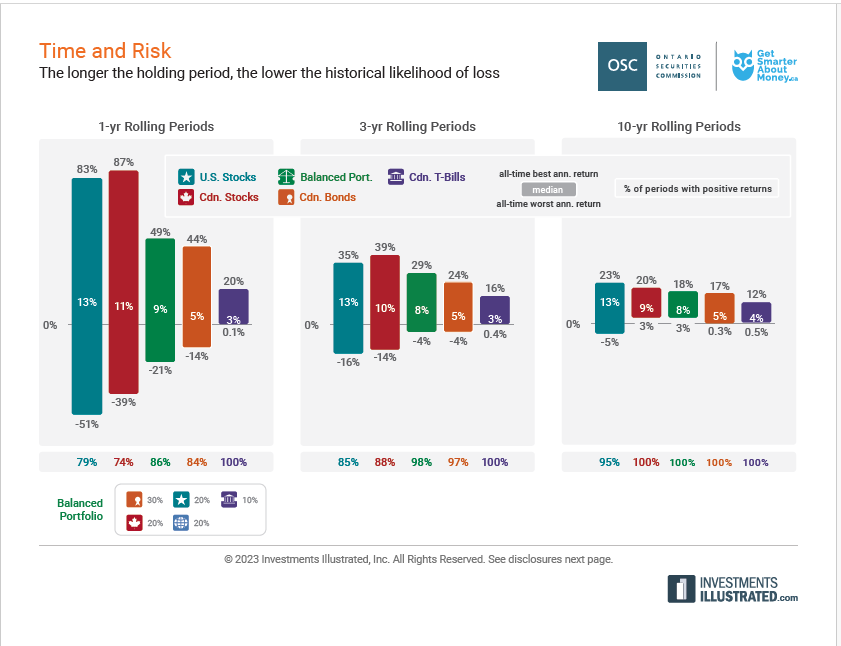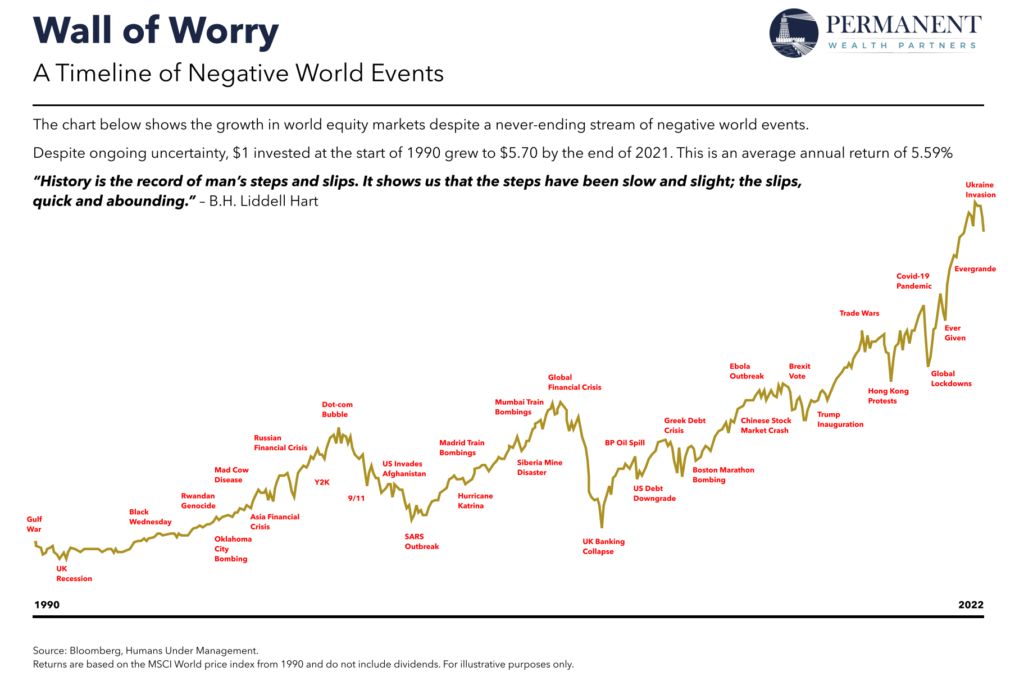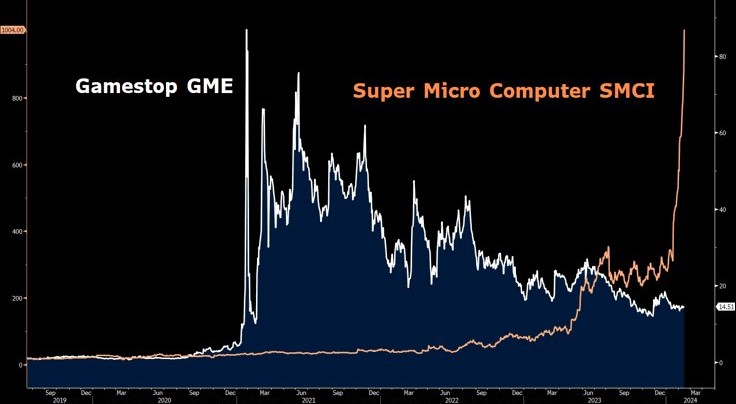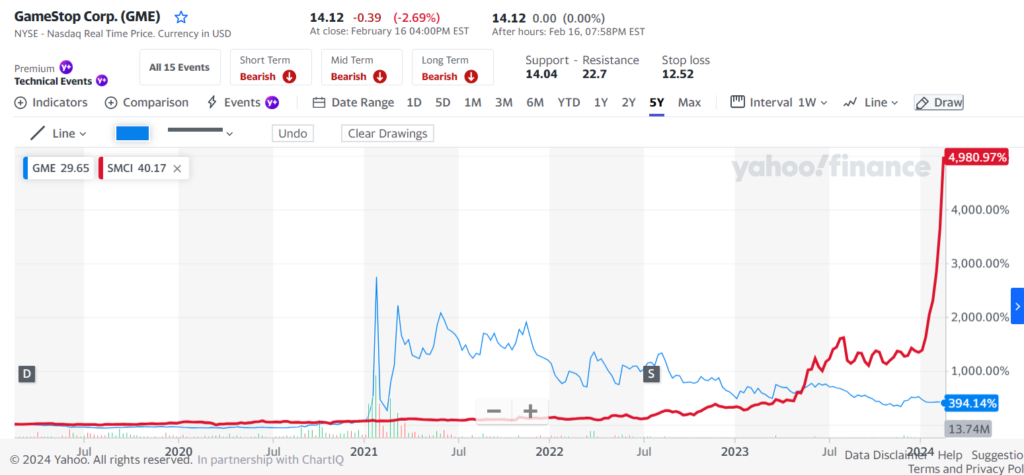Immigration plays an important role in the economy of the OECD countries. For example, immigration especially in the illegal category is a major topic for both the parties in the upcoming elections in the US. So its important to review the share of immigrants in the population of each country.
Foreign-born population as a percentage of the total population is the highest in Luxembourg among the OECD countries. Luxembourg is an outlier as it has a tiny population and most of the people work in finance. Australia, Switzerland and New Zealand have the next highest foreign-born populations. The UK is in the middle of this list similar to the US.
Click to enlarge
Source: The Migration Observatory at The University of Oxford
Hat Tip: The High Cost of Brexit by Niels Clemen Jensen at Absolute Return Partners
